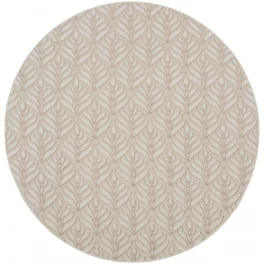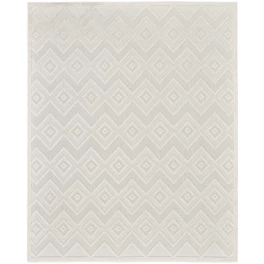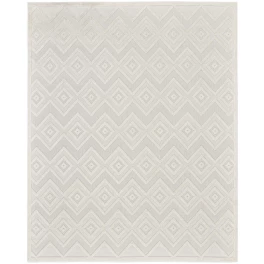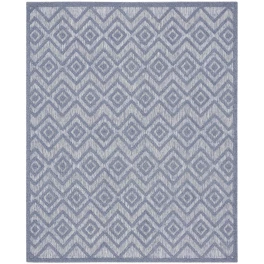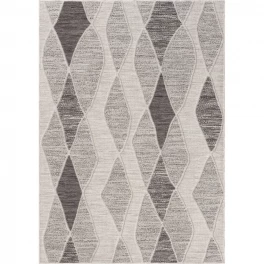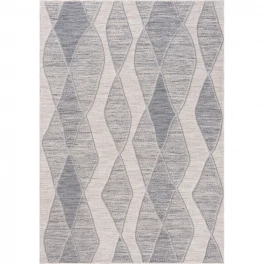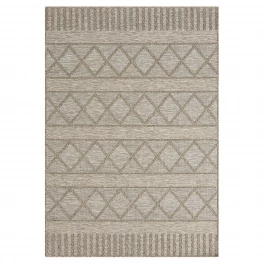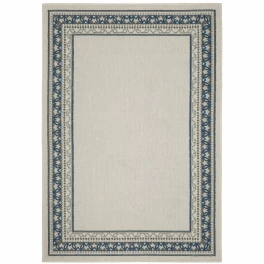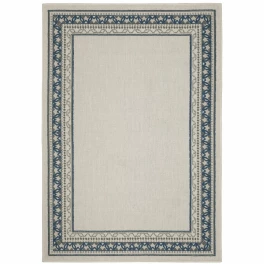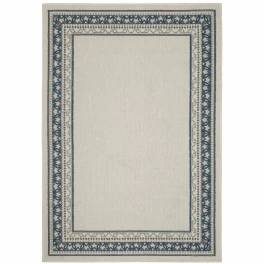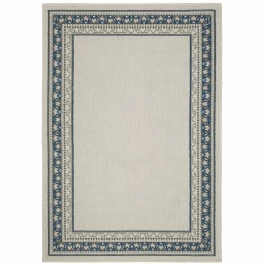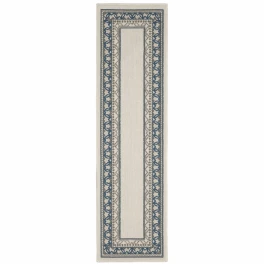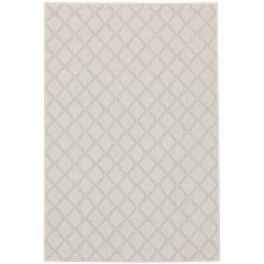What are the dos and don’ts for area rugs? Given the dizzying number of common area rug sizes, it might seem like decorating with area rugs would have a long list of do’s and don’ts, but that’s not true.
Thankfully, given that area rugs are such an integral part of creating a cohesive interior design, the list of area rug rules is actually quite short. You only need to keep three simple area rug rules in mind. Each rule has one “do” and one “don’t” that go with it. Pretty simple, right? Here’s a primer on the rudimentary rules of area rug placement.
Rule 1: Connect Rugs with Furniture
DON’T float your rug in space.
The most important thing to remember about indoor area rugs is that they aren’t art. Yes, they provide color, texture, and interest to your décor. Yes, they can be handcrafted, and yes, they can have decorative patterns. But they’re not art.
Here’s what I mean by that: You can get away with hanging a piece of art on an expanse of wall, positioning the art in a way that doesn’t connect it to other elements in the room. This isn’t the ideal way to display art in your home décor, but if an art piece is interesting enough, it doesn’t have to be grouped with furniture.
Rugs, on the other hand, don’t work well as without a reasonably cozy connection to the furniture or walls. A carelessly-positioned area rug can throw the design of an entire room out of balance. Instead of completing a design look, a rug in the middle of a room partitions the space and draws the eye to the spaces between the design elements instead of to the design elements themselves.
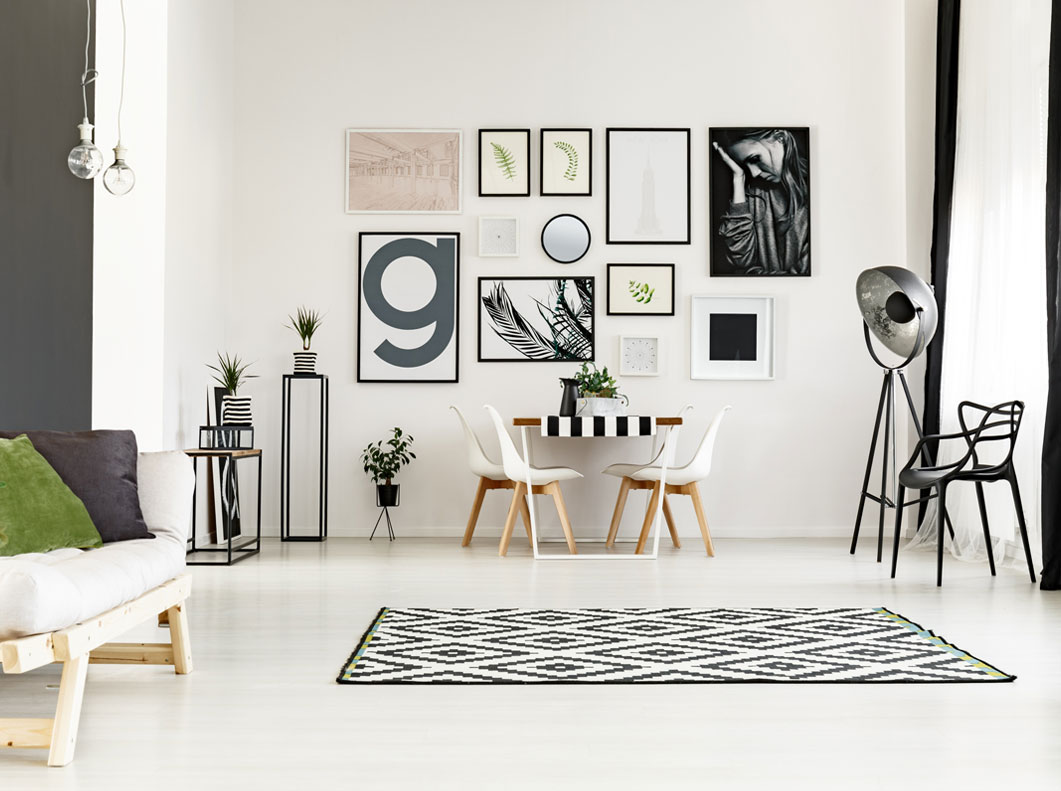
Photo by Photographee.eu on Shutterstock
DO give your rugs something to hang out with.
I’ll get to the ideal placement of rugs in Rule 3 below, but for now, you just need to integrate your rug with the furniture or walls. In a hallway or entryway where you have no furniture, place your rug no more than 1 foot from at least one wall. In the case of a room with furniture, ideally you want to position your rug so that it’s beneath at least a portion of one piece of furniture at the minimum. The amount of the rug you place under the furniture will vary depending on what furniture the rug is paired with. In the case of a sofa or a chair, you don’t have to put much of the rug under them. Just a few inches can do the trick.
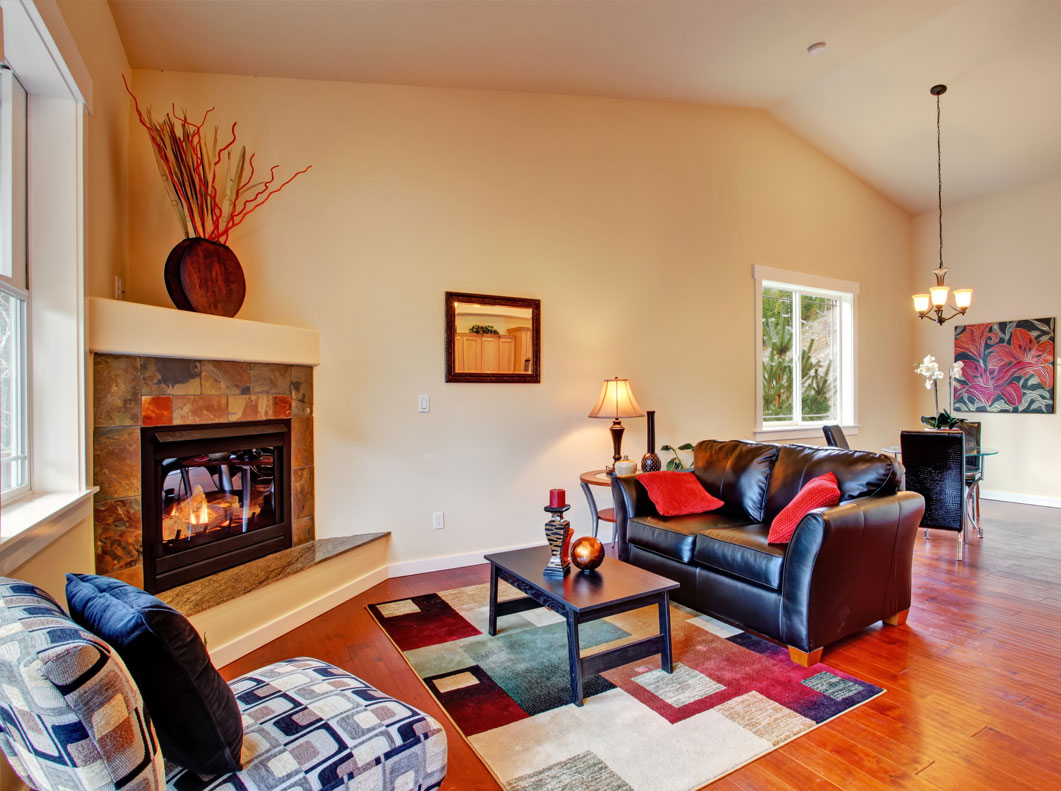
Photo by Artazum on Shutterstock
Rule 2: Pick the Right Rug Size
DON’T skimp on size.
The general rules about how to choose a rug size are quite broad, primarily because there’s little agreement on any specific parameters. Getting a rug large enough to suit a space is mostly a matter of “feel.” Although you can follow some loose guidelines for picking the right rug, you can rely primarily on your instincts about how it looks in a space. If a rug looks like it fits well with the furniture or walls it’s buddying up with, it’s probably fine.
One rug size issue that almost everyone does agree on, however, is the problem of rugs being too tiny for a space. This rule is simple: A rug small enough for a bathroom belongs in a bathroom. Any rug smaller than 4-by-6 feet is either a bathroom rug or possibly a kitchen rug for placement in front of the sink or stove area. Small rugs won’t work well in other living areas. Place one near a bed or sofa, and it will look inadequate, detracting from your room styling.

DO get a rug to fit the scale of your furniture and your room.
In interior design, scale refers to the size relationships between items in a room. Large rooms, for example, need larger furniture pieces and artwork — and rugs. Rugs that are too small for their space disrupt the balance of scale in a room.
A good rule of thumb to follow is that a rug should extend 12 to 18 inches beyond the furniture it’s underneath. In a sofa and chair grouping, this means the rug should extend 12 to 18 inches beyond the ends of the sofa. In a dining room, the rug should extend that far beyond the back legs of the dining room chairs. In a bedroom, a rug should extend at least that far from either side of the bed.
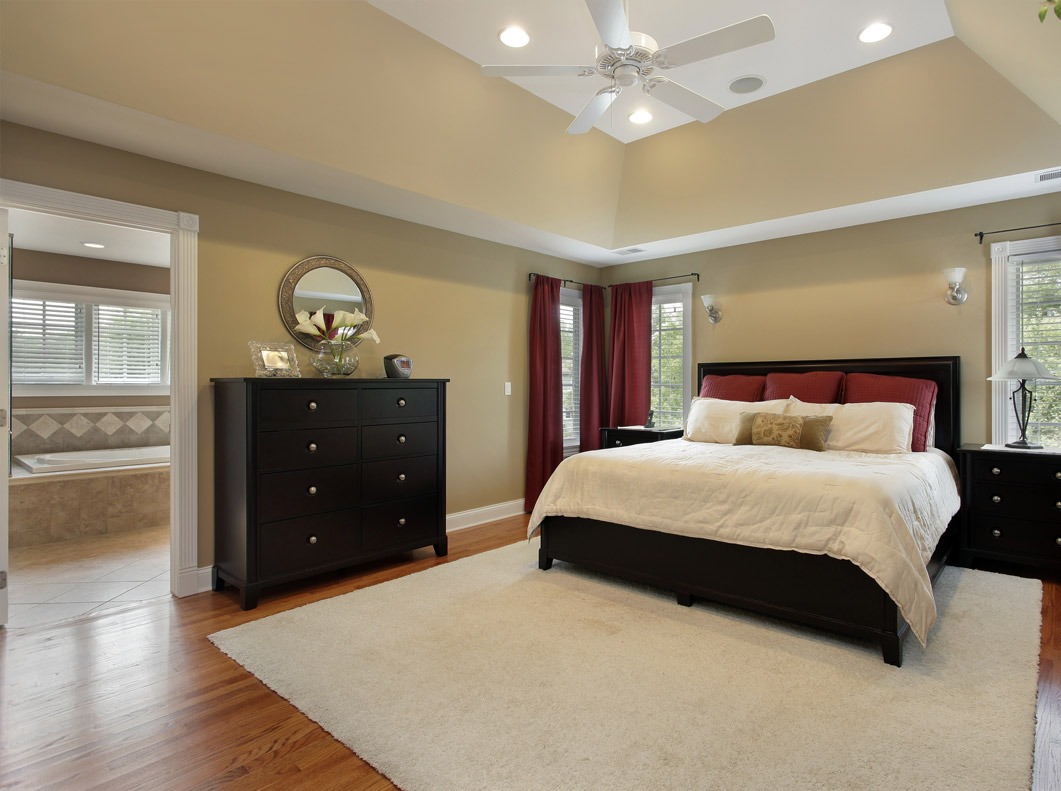
Rule 3: Place Furniture Properly on Rugs
DON’T ‘miss the target.’
So now you know your rug needs to have furniture or wall friends. Now you only have one rule left to follow: Put your rug in its proper place.
You can tell a rug isn’t in its place if it looks like it’s trying to run away from the furniture it’s supporting. In a dining room, for example, no matter how perfectly you choose the right dining room rug, if the rug isn’t fully underneath the dining room table, it will look like a mistake. It’ll also be inconvenient because a rug that doesn’t extend beyond a dining room table’s edges will get caught up as people pull the chairs in and out.
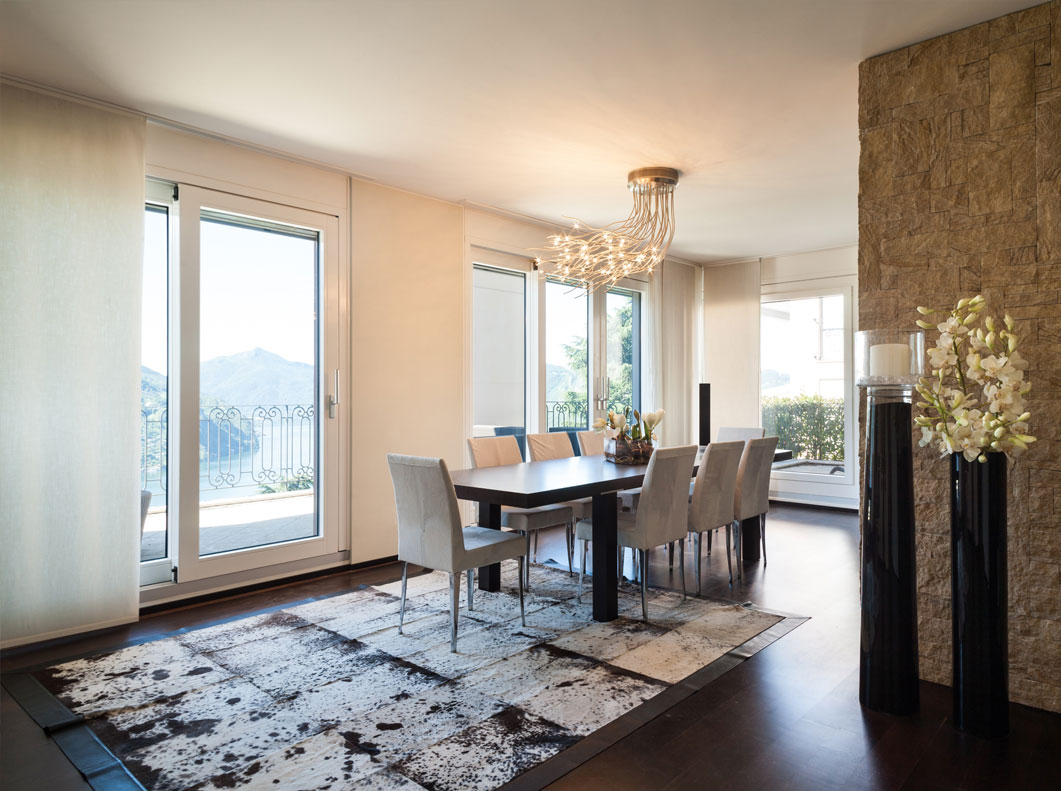
Photo by alexandre zveiger on Shutterstock
In the living room, a rug that isn’t tucked at least a few inches under the largest piece of furniture in the room is going to look transient and nearly as disconnected as the floating rugs mentioned in Rule 1. I know I said that a rug only needs a few inches of connection with furniture, but that few inches must be with a furniture piece that’s large enough to anchor the rug.
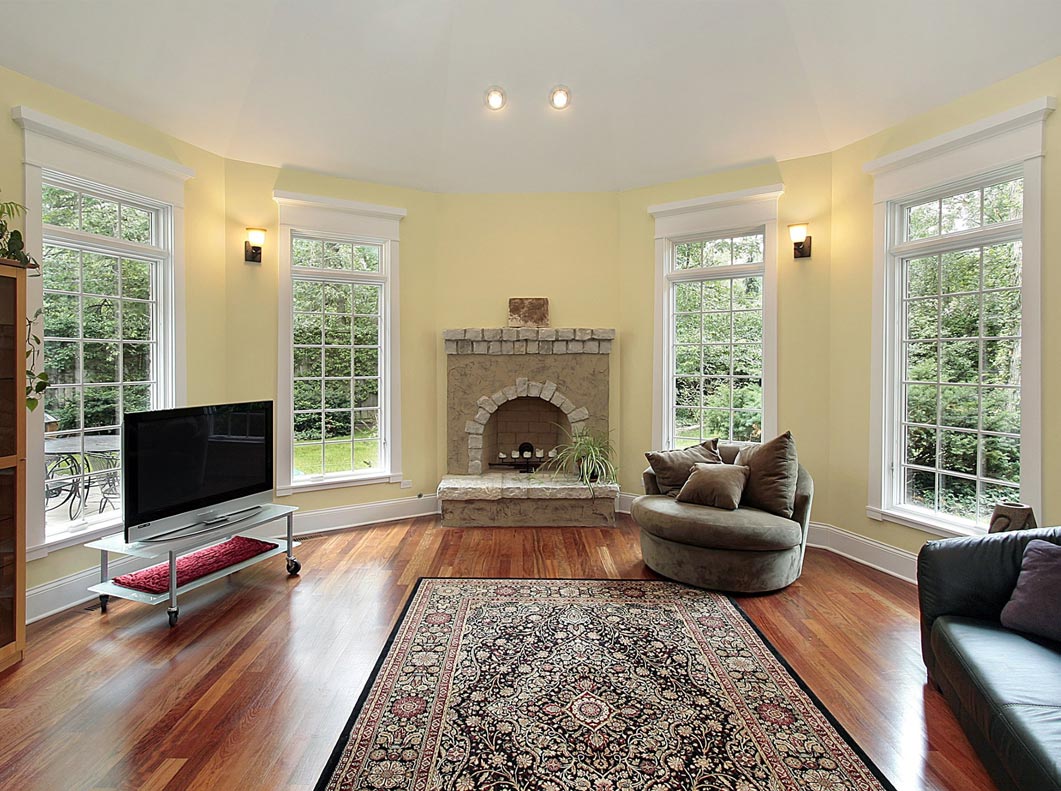
Photo by pics721 on Shutterstock
DO put rugs beneath their corresponding furniture.
Although some rugs like hallway, entry, or bathroom rugs don’t need furniture settled on them, most rugs are designed to be furniture platforms. If that’s how you’re using your rug, make that platform count. A dining room rug, for example, should be centered beneath the dining room table and chairs.

Photo by karamysh on Shutterstock
Although the rules about how to place a rug in a living room are more complicated, the basic rule remains the same: Place the rug under the furniture. The best rule of thumb is to tuck at least 8 to 10 inches of the rug under the largest furniture piece in a room. You can then either place your table and chairs atop the rug in the same way (read: partially), or you can place your table and chairs completely on top of the rug. Either way, you’ll create an attractive and united grouping.
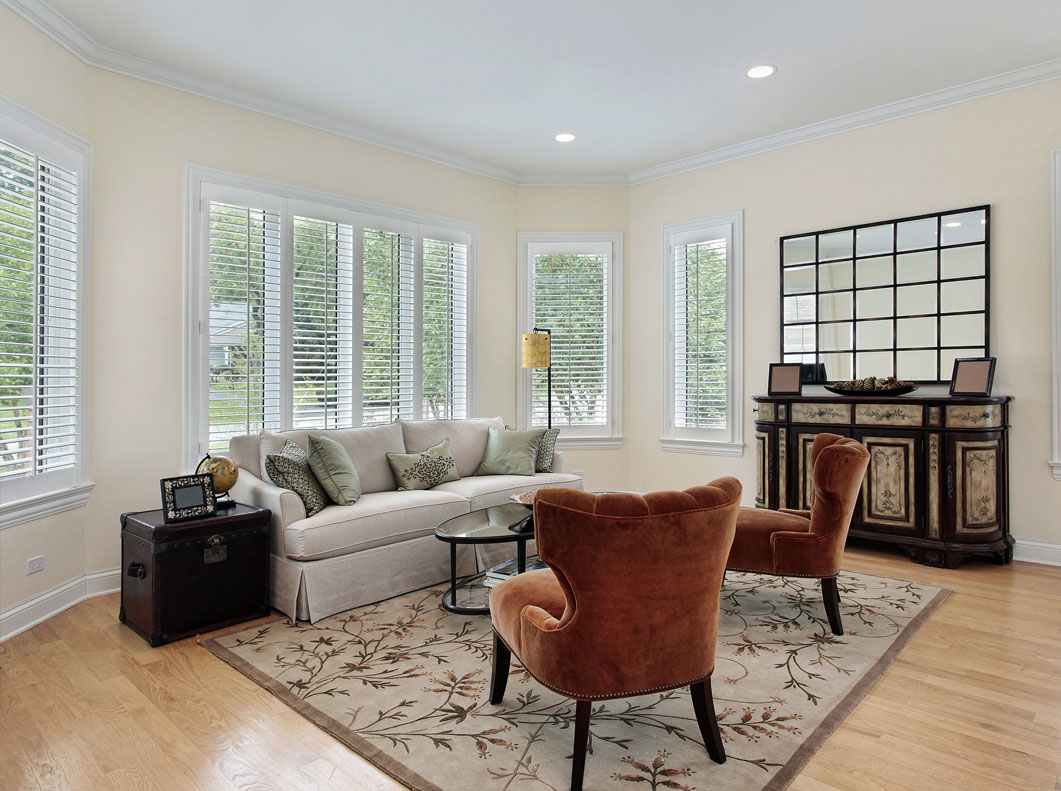
Photo by pics721 onShutterstock
If you follow these three simple rules for rug placements, no matter how creative you get with your rug sizes and positioning, you can’t go wrong when marrying your rugs with the other interior design elements of your home.




